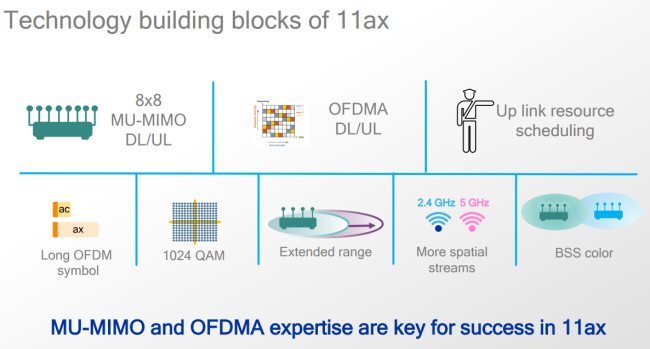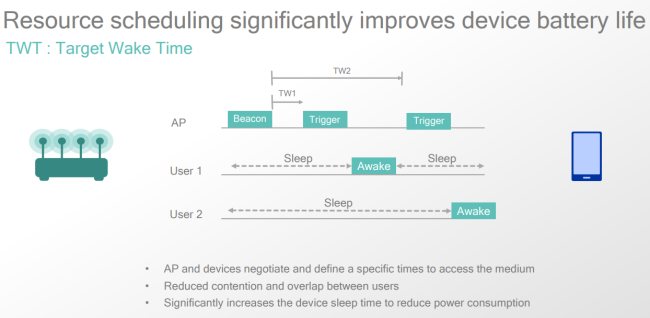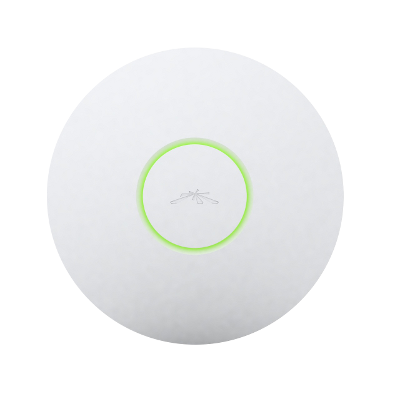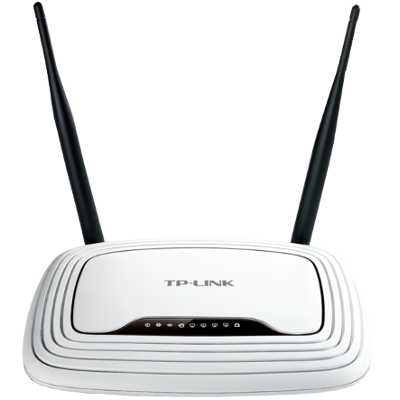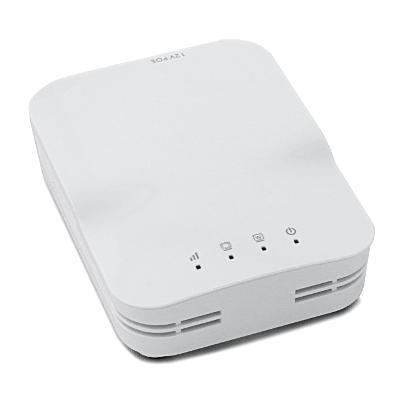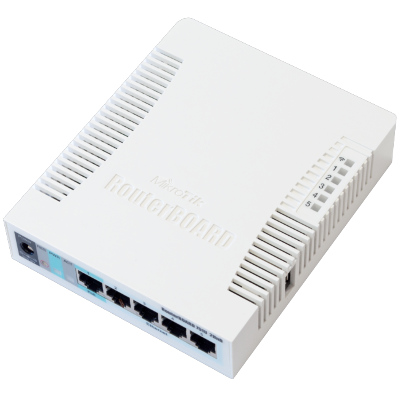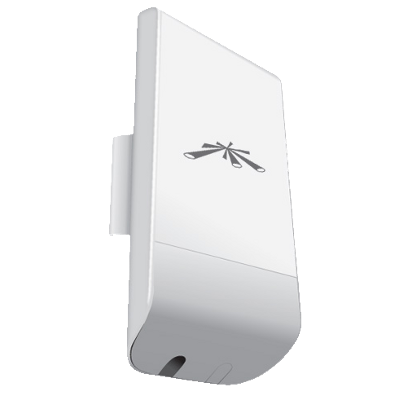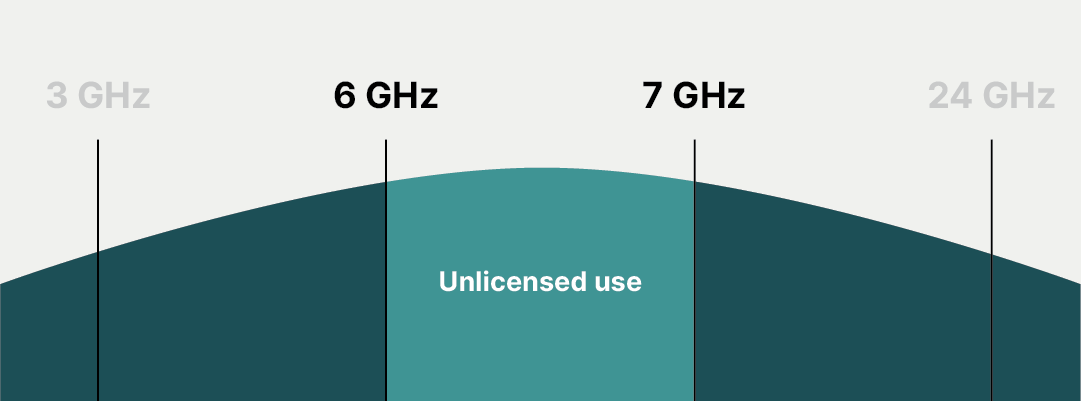2018 is over, and we at Tanaza already started 2019 with great motivation and enthusiasm!
The one just passed has been a year of growth for Tanaza’s blog, as more and more people read our articles and interact with us every day.
On our blog, you can find the latest WiFi industry news to keep you updated about the main trends and innovations in the market, as well as updates about Tanaza’s latest features.
We also write actionable articles that explain to you how to improve your WiFi network infrastructure, how to customize your splash page and get the most out of your public WiFi hotspot, which access points to use according to the size and needs of your WiFi project, and much more.
Below, we made the list of the ten articles our readers appreciated the most in 2018.
Tanaza is a multi-vendor software which means that our software allows WiFi professionals to choose the hardware they want to work with. Among the supported brands, Tanaza is compatible with Mikrotik.
This article is about how to configure a WiFi hotspot with Mikrotik routers in very few and easy steps.
33.5k people were convinced by this article!
When designing your WiFi network, you need to consider client coverage carefully. In this article, we list the top 7 access points you can deploy with Tanaza when you need to provide your WiFi connection to a large number of concurrent users.
This article has been useful to more than 27.5K people.
Tanaza features a fully customisable captive portal which can be turned into a very powerful marketing tool. When users visualise your splash page, you have a few seconds to convince them to log in. This article shows the best practices to build an effective, user-friendly splash page.
23.7K people read it!
2018 has been a great year for Tanaza, as we took home two WiFi NOW awards: Best WiFi Startup and Best Enterprise WiFi Solution.
This article has been shared and read more than 20K times!
Tanaza features many authentication methods such as social login, email address, custom form or phone numbers. To help our customers to collect always more verified data that can be leveraged for marketing purposes, Tanaza developed a new login mode: the phone number verification with custom form.
17K people read this article!
If you want to optimise your WiFi network, boost its speed and improve your WiFi signal strength, you should definitely download a WiFi analyzer app on your smartphone! In this article, we list the 4 best analyzer apps for Android and iOS devices.
This article was useful to 16.5K people.
WiFi is a powerful marketing tool for venues, as it helps them to engage and retain customers, enhance their overall experience and extend the time they spend on premises. Moreover, WiFi is a way to get more information about customers thanks to the data capture, enabling venue owners to know their clientele better and engage them with tailored communications.
You have been more than 16K people to read this article!
Offering paid WiFi can represent a good revenue opportunity if you are the only internet provider in a specific location and if you can bring a real added value to your users. In this article, you will find out how to easily configure and monitor a paid WiFi hotspot with Tanaza’s couponing system.
Useful for 15k people!
Tanaza’s hotspot system is now compatible with Cisco Meraki Devices: this integration enables Meraki Cloud Dashboard users to keep managing their access points from the Meraki interface while simultaneously using the Tanaza captive portal, without replacing the vendor’s firmware.
This article has been read 14.5K times!
The Tanaza splash page editor gives the opportunity to owners of a venue to promote and deliver additional services to WiFi users; in this article, we list different ways to leverage the splash page of a public hotspot and make the most out of it.
13K people read this article!
Our blog is also available in Spanish, French and Italian!
Subscribe to our newsletter if you want to be up-to-date about all things WiFi!




